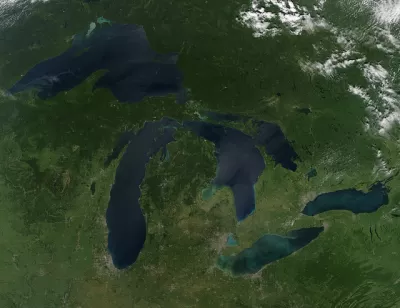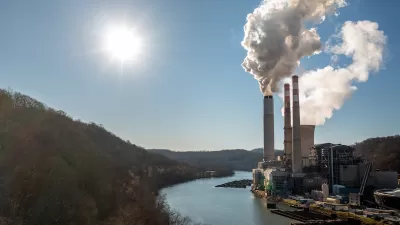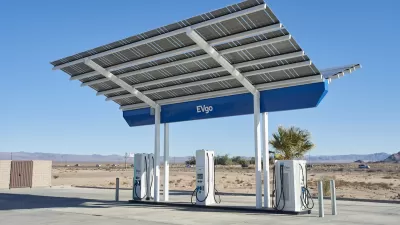A report by the Environmental Law and Policy Center (ELPC) shows a decrease in environmental enforcement in six Midwest states. The ELPC calls for increased funding. The EPA states the claims errors in data reporting are responsible for the drop.

The U.S. Environmental Protection Agency (EPA) is relaxing environmental enforcement, staffing, and spending in six Great Lakes states, according to a report published by the Environmental Law and Policy Center (ELPC).
The EPA's Region 5, which includes Wisconsin, Minnesota, Michigan, Illinois, Indiana, and Ohio, opened fewer environmental enforcement cases since 2017. "The number of cases opened by the agency had hovered at roughly 300 or more until fiscal year 2016 when cases dropped to an average of 230. The group said the data shows there’s also been a sharp increase in the number of major permitted facilities found in significant noncompliance with the Clean Water Act since fiscal year 2017," writes Danielle Kaeding.
EPA funding has declined since the Trump administration took office, resulting in a reduction in fines, civil penalties, and staff, according to the article. State pollution programs have seen a similar drop in funding, falling from about $107 million in 2008 to about $69 million in the 2018 fiscal year.
An EPA spokesperson stated that data reporting issues are "a key reason for recent increases in reported rates of significant noncompliance in Region 5." The agency aims to work with noncompliant permitted facilities to reduce the current rate of sewage overflows by half by 2022.
Howard Learner, executive director of ELPC, argues that the numbers don't add up. Learner asks that the EPA request additional funding from Congress to maintain its resources in addition to spending all currently available funding.
FULL STORY: Environmental Enforcement Down in Midwest

Planetizen Federal Action Tracker
A weekly monitor of how Trump’s orders and actions are impacting planners and planning in America.

San Francisco's School District Spent $105M To Build Affordable Housing for Teachers — And That's Just the Beginning
SFUSD joins a growing list of school districts using their land holdings to address housing affordability challenges faced by their own employees.

The Tiny, Adorable $7,000 Car Turning Japan Onto EVs
The single seat Mibot charges from a regular plug as quickly as an iPad, and is about half the price of an average EV.

With Protected Lanes, 460% More People Commute by Bike
For those needing more ammo, more data proving what we already knew is here.

In More Metros Than You’d Think, Suburbs are Now More Expensive Than the City
If you're moving to the burbs to save on square footage, data shows you should think again.

The States Losing Rural Delivery Rooms at an Alarming Pace
In some states, as few as 9% of rural hospitals still deliver babies. As a result, rising pre-term births, no adequate pre-term care and "harrowing" close calls are a growing reality.
Urban Design for Planners 1: Software Tools
This six-course series explores essential urban design concepts using open source software and equips planners with the tools they need to participate fully in the urban design process.
Planning for Universal Design
Learn the tools for implementing Universal Design in planning regulations.
Smith Gee Studio
City of Charlotte
City of Camden Redevelopment Agency
City of Astoria
Transportation Research & Education Center (TREC) at Portland State University
US High Speed Rail Association
City of Camden Redevelopment Agency
Municipality of Princeton (NJ)





























